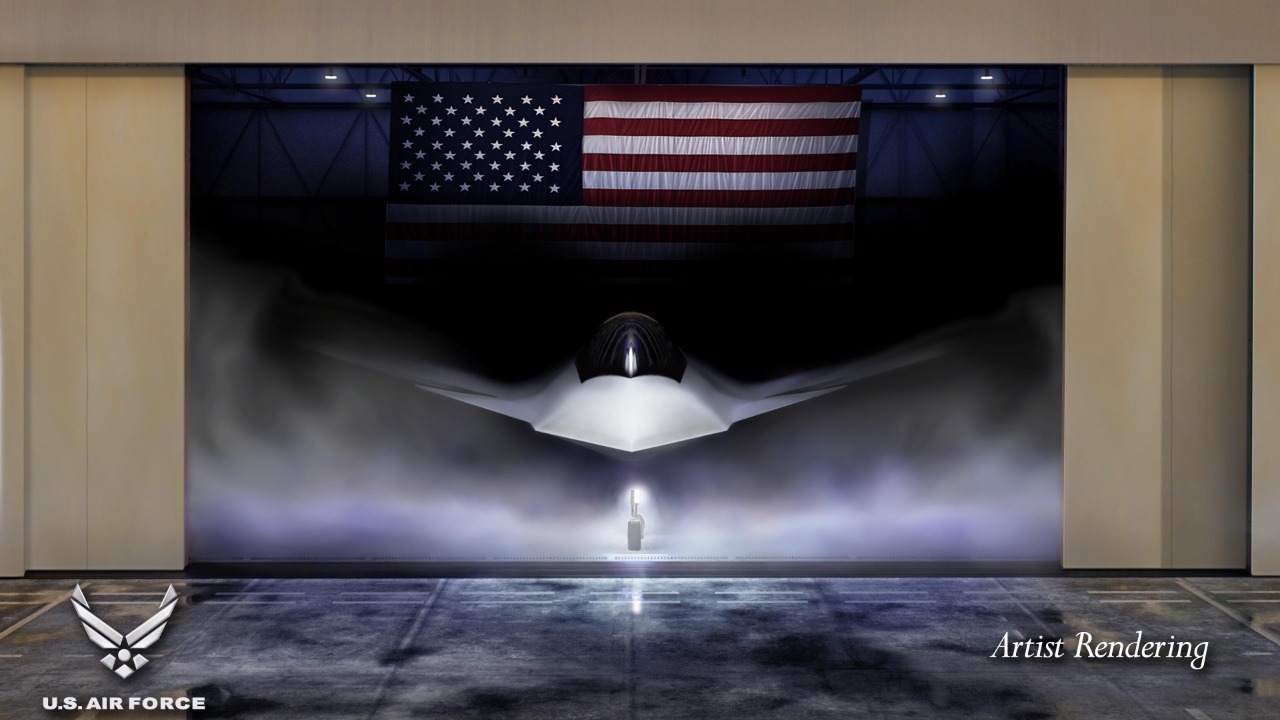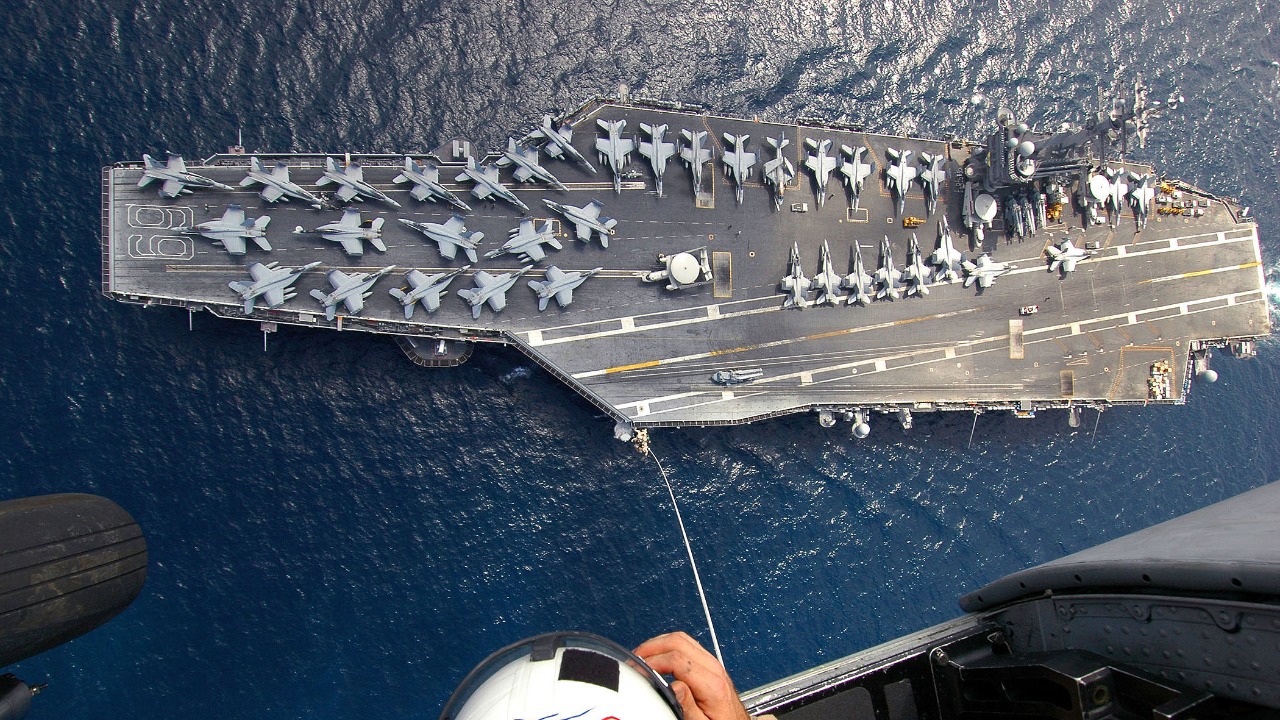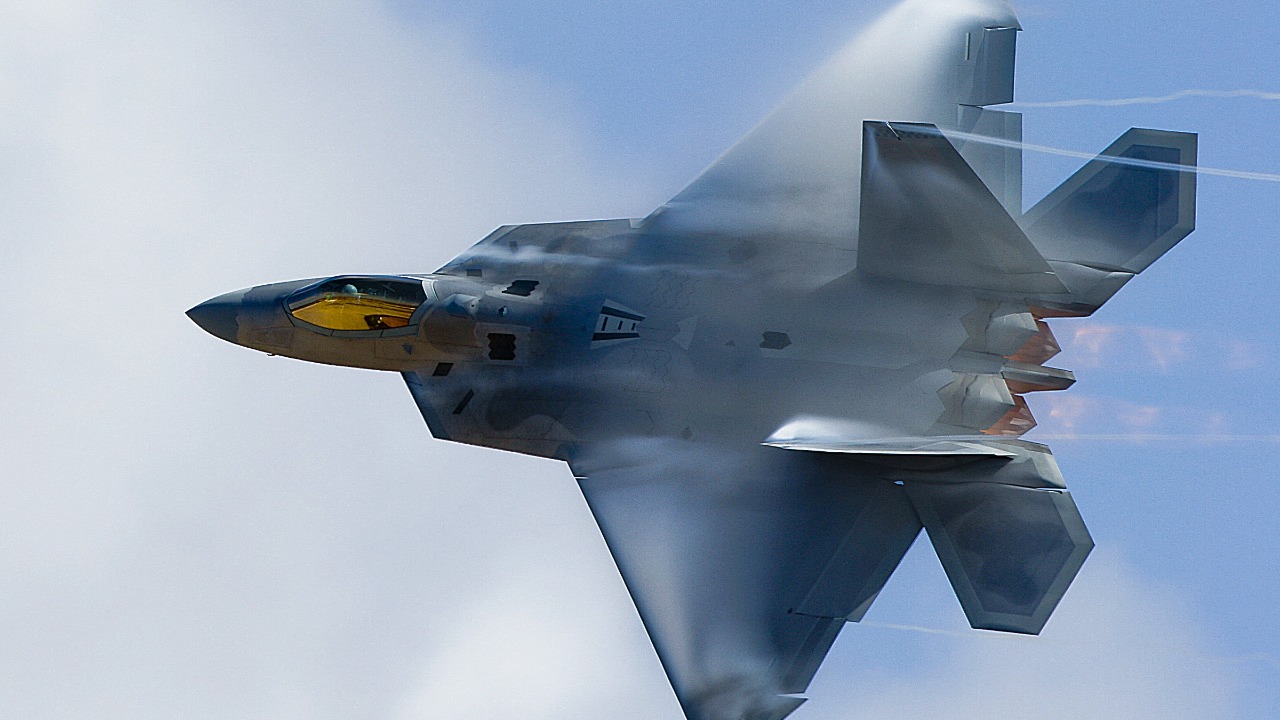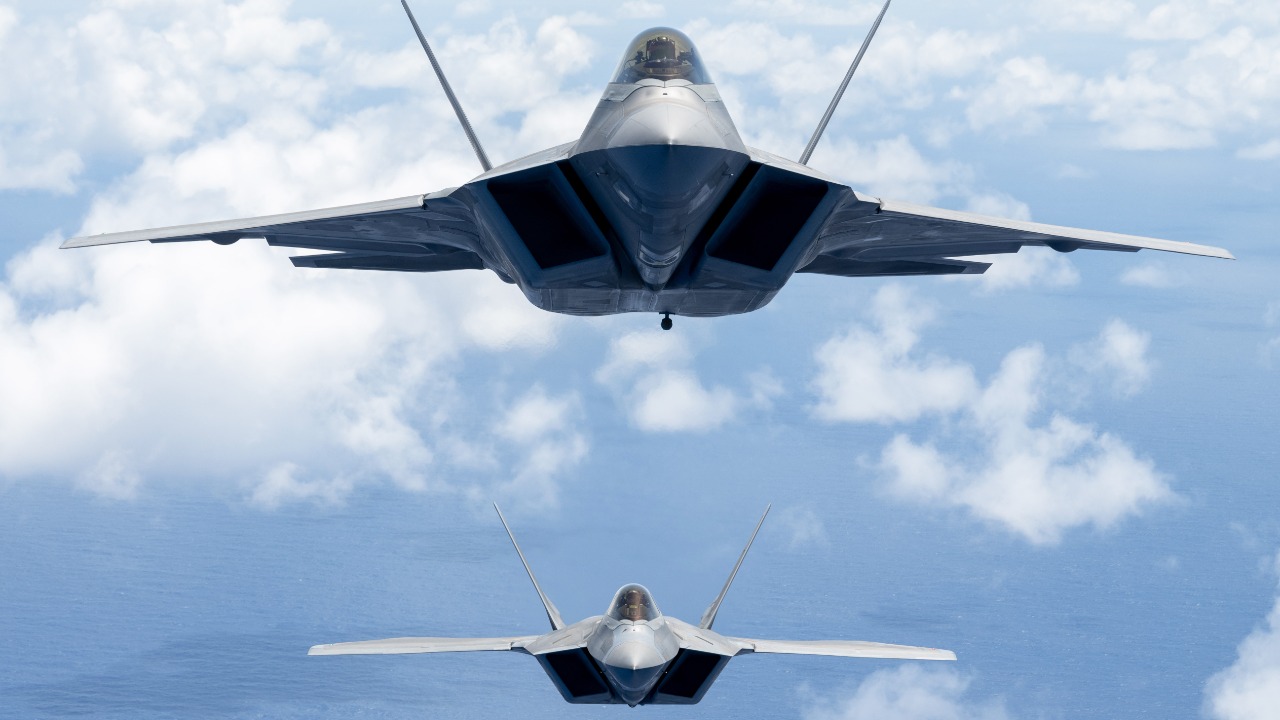
Boeing, a leading name in aerospace, secured the contract to develop the U.S. Air Force’s next-generation fighter on March 21, 2025, marking a significant milestone in advanced aviation programs. This development was followed by the unveiling of the F-47, the Air Force’s sixth-generation aircraft, on March 25, 2025. In a related advancement for naval aviation, Boeing revealed a rendering of the F/A-XX sixth-generation fighter jet on August 30, 2025, showcasing its vision for America’s future carrier-based aircraft.
Boeing’s Contract Win for Next-Generation Fighters

Boeing’s successful bid to build the Air Force’s next-generation fighter was a result of a highly competitive process, with strategic implications for U.S. military aviation. The announcement on March 21, 2025, for the bid award was a significant step towards achieving broader sixth-generation technology goals1.
This “big win” for Boeing came in the context of the F-47 program reveal, which included initial program objectives for enhanced stealth and sensor integration. The F-47 program is a testament to Boeing’s pivotal role in advancing U.S. military aviation2.
The F-47: Inside the Air Force’s Sixth-Generation Program

The F-47, the designated name for the Air Force’s next-generation fighter, is set to replace legacy aircraft like the F-22. This new aircraft is a testament to Boeing’s commitment to innovation and advancement in military aviation2.
Key features of the F-47, revealed on March 25, 2025, include advanced avionics and networked warfare capabilities. These features are central to Boeing’s design approach and demonstrate the company’s leadership in program development. Boeing has also partnered with defense contractors for propulsion and materials innovation, further enhancing the F-47’s capabilities2.
F/A-XX Development: Boeing’s Naval Fighter Vision

The F/A-XX is Boeing’s proposed sixth-generation fighter for the U.S. Navy, tailored for carrier operations and multi-domain superiority. This aircraft represents Boeing’s vision for the future of naval aviation3.
The unveiling of the F/A-XX rendering on August 30, 2025, served as a conceptual showcase of stealthy airframe and adaptive wing designs. The F/A-XX builds on Boeing’s Air Force experience, incorporating shared technologies like AI-driven systems for naval-specific missions3.
Strategic Implications for U.S. Naval Aviation

The F/A-XX’s potential integration with existing naval assets, such as aircraft carriers, could enhance power projection in contested environments. This integration would represent a significant advancement in U.S. naval aviation capabilities3.
Boeing’s naval fighter vision, as represented by the F/A-XX, parallels its Air Force F-47 success. The timeline synergies from the March 2025 bid wins demonstrate Boeing’s comprehensive approach to advancing U.S. military aviation1.
However, the program faces challenges, including funding allocations and testing milestones projected post-August 2025 rendering release. These challenges will need to be addressed to ensure the successful development and deployment of the F/A-XX3.